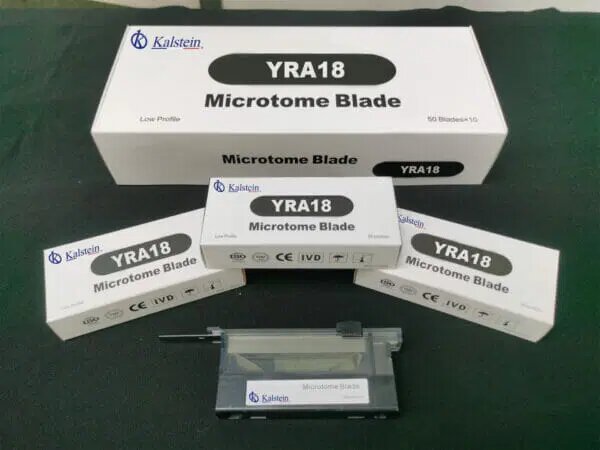Optimization of hematology reagents is a key strategy for obtaining a correct diagnosis and performing effective treatments for healthcare patients. The implementation of hematology reagents offers the possibility to ensure the quality of diagnostics and treatments applied to patients. Some of the main goals of hematology reagent optimization are to improve the quality and accuracy of results, increase the speed of obtaining results, and ensure safety in the process of acquiring hematology reagents.
Modern methods of hematology reagent optimization include automation, engineering and statistical analysis. These methods have been implemented to improve both throughput and quality of hematology reagents. Recent advances in electronics, the development of more powerful processors, and the use of statistical models based on neural networks and artificial intelligence are also helpful in all these optimization processes.
What are the recent advances in the optimal use of hematological reagents?
Automation is a process in which robotic equipment is used to perform complex operations with greater precision. Some of the main features of automated systems are high speed and the ability to perform a large number of tests simultaneously. This feature offers great advantages to diagnostic systems, as it allows for much faster accuracy and time to results.
Advances in acoustic engineering, laser technology, and nanotechnology-based sensors and devices have also been implemented to help improve hematology reagent optimization processes. These technologies allow physicians to more closely monitor the results obtained with hematology reagents while improving the safety and accuracy of the results.
Statistical analyses aim to determine acceptable limits for results obtained with hematology reagents. This means that studies are tailored to each individual’s scientific or research objectives. Statistical analyses can also help to quickly identify problems with the results obtained with hematological reagents. These strategies have been successfully implemented to improve results obtained with hematology reagents.
What are the risks and benefits of optimizing hematology reagents?
Medical professionals and patients also need to consider the potential risks associated with hematology reagent optimization. One of the most common problems is excessive exposure to chemical reagents or lasers, which can cause damage to the skin, eyes and surrounding tissues. It is always recommended to wear gloves, safety glasses and other personal protective equipment to avoid any injury or health problems.
The benefits of optimizing hematology reagents are extensive. More accurate diagnoses and faster results allow healthcare professionals to improve the quality of care they provide to their patients. These strategies also result in cost reduction, as less time is required for diagnostic and treatment processes, which contributes to improving the performance of healthcare systems.
In conclusion, optimization of hematological reagents is a key tool for healthcare professionals to ensure reliable diagnoses and effective treatments. These mechanisms have various applications, from early detection of bleeding problems, to monitoring infectious diseases, identifying nutritional deficiencies, and identifying response to drug treatments. Medical professionals require a careful approach to the use of reagents, along with taking precautions to minimize the risks associated with them.
Kalstein Optimized Hematology Reagents
All of Kalstein’s hematology reagents for sale have undergone a careful optimization process to ensure their efficacy in diagnostic procedures. Among the manufacturer’s offerings is the YRA17-1 Hematology Reagent Package, which allows the analysis of blood cell groups, hemoglobin and diluent solution to get the job done. Purchasing information and prices for customer-selected products can be reviewed on our websites HERE and HERE.

